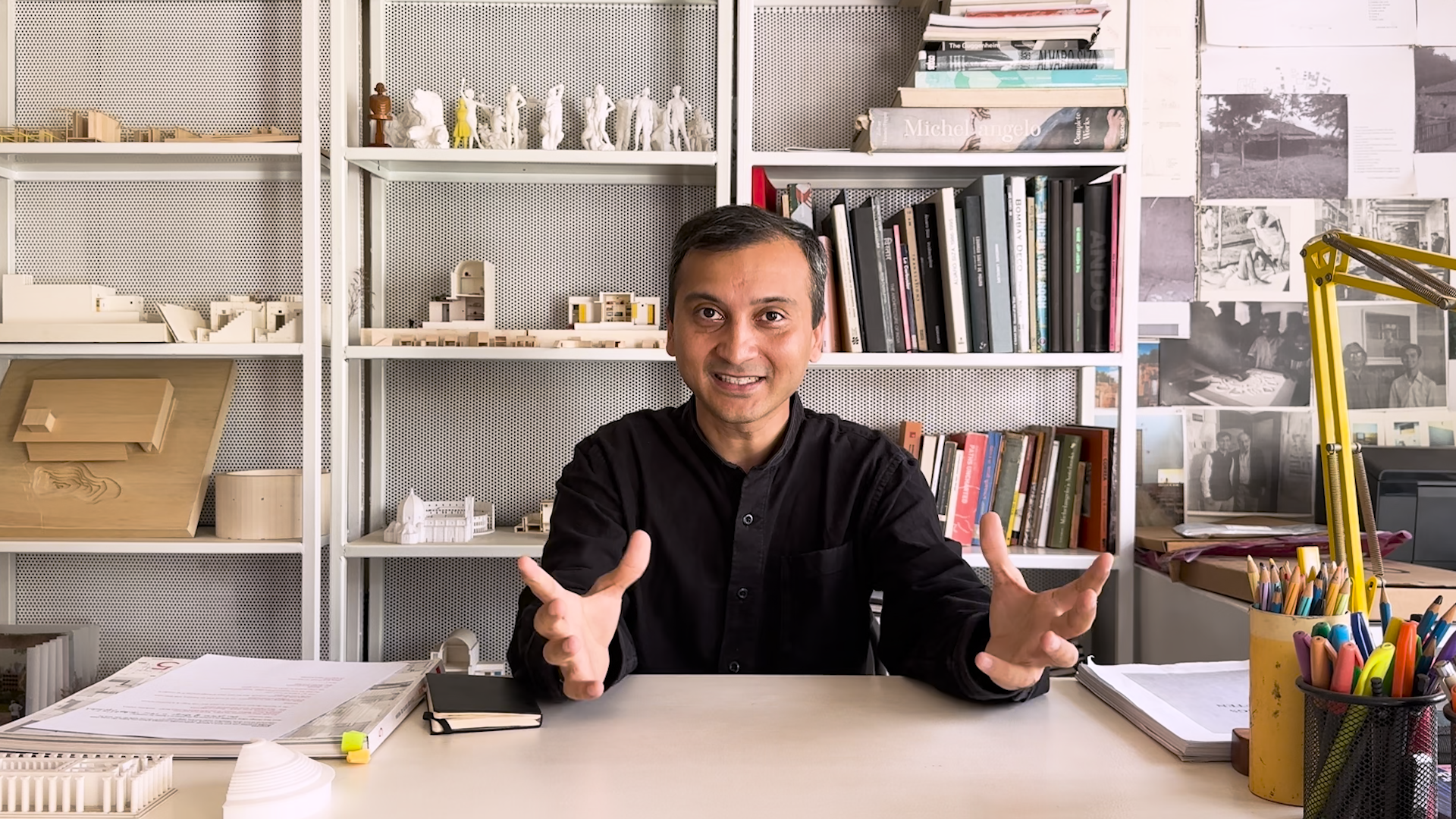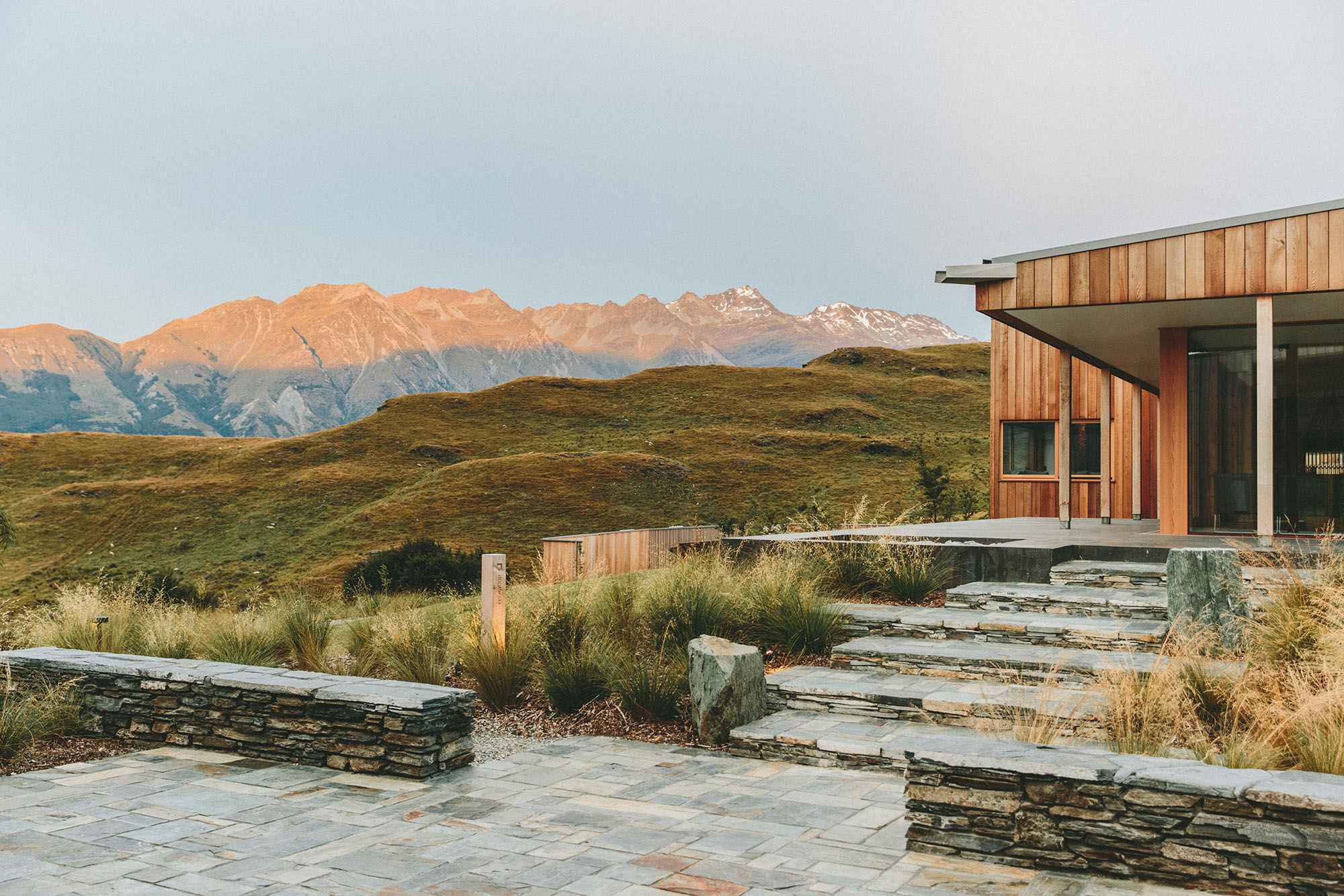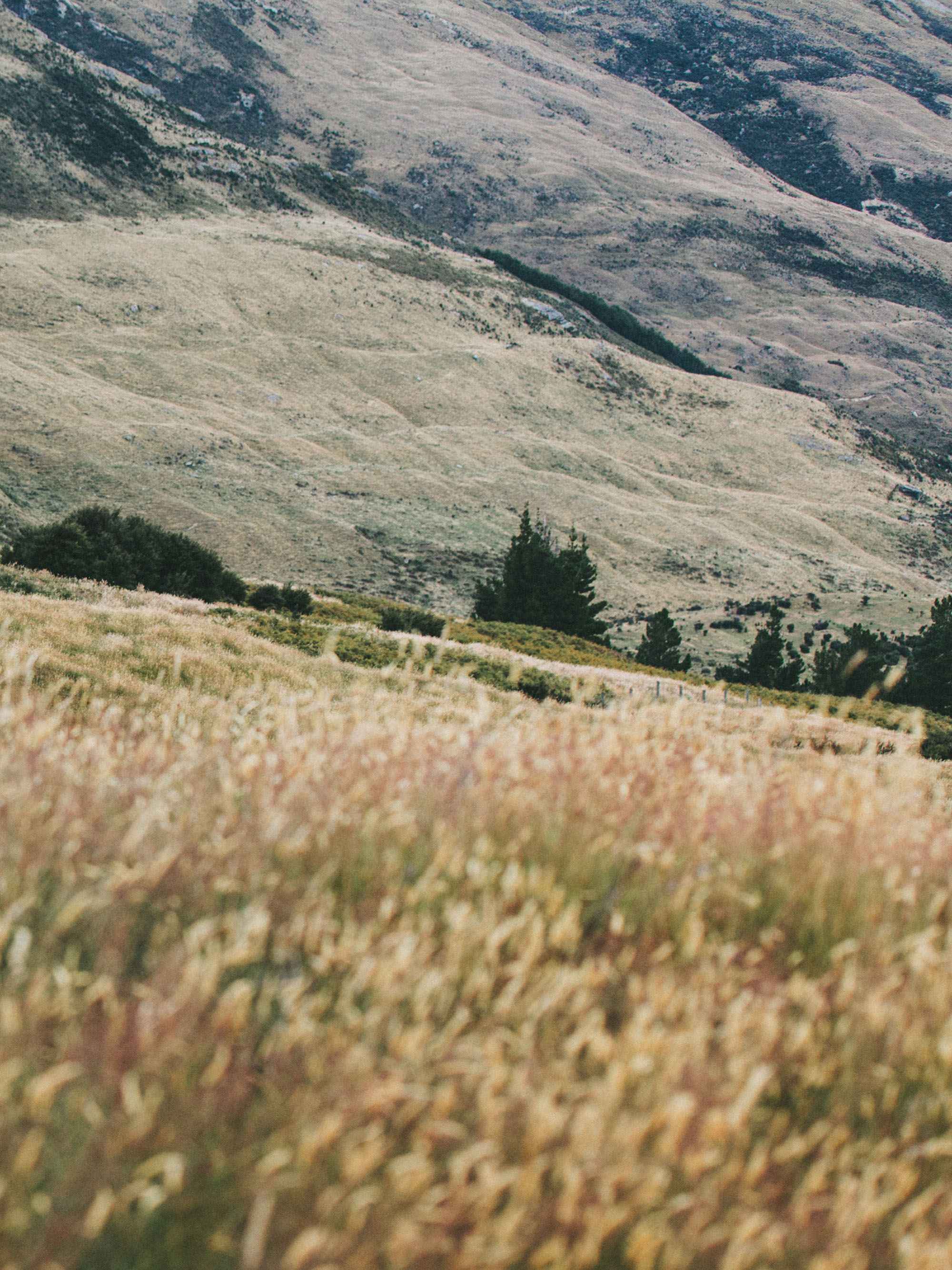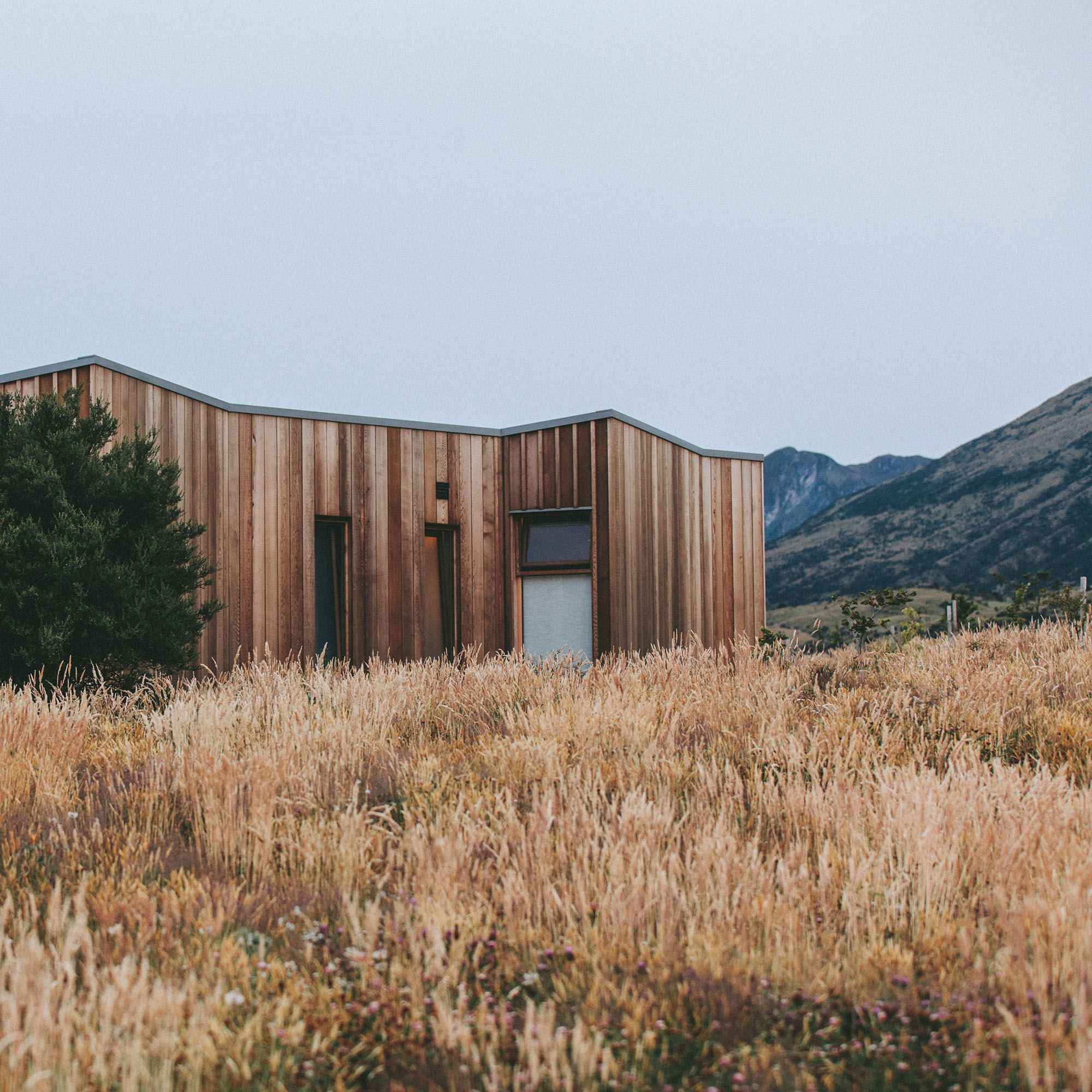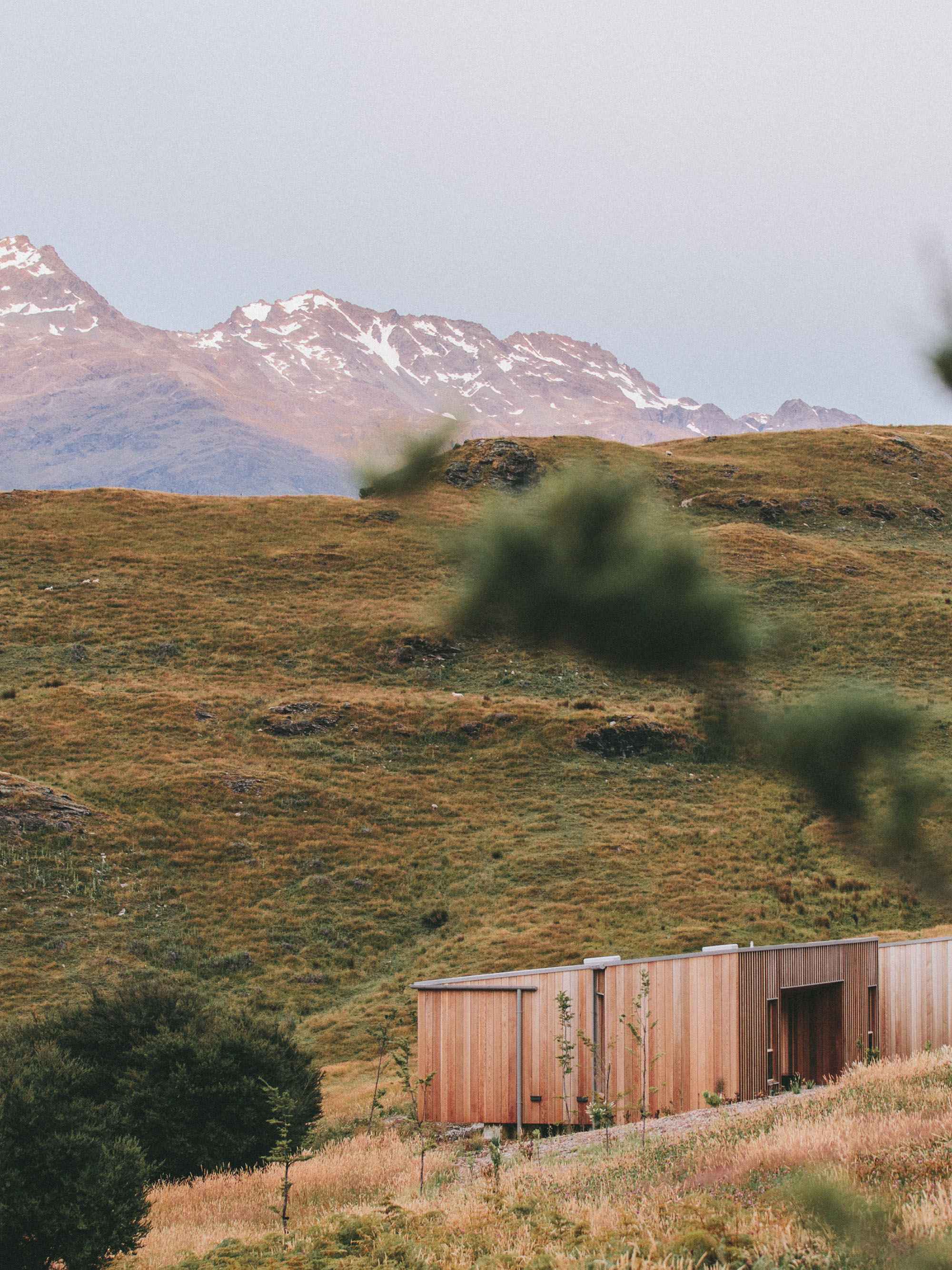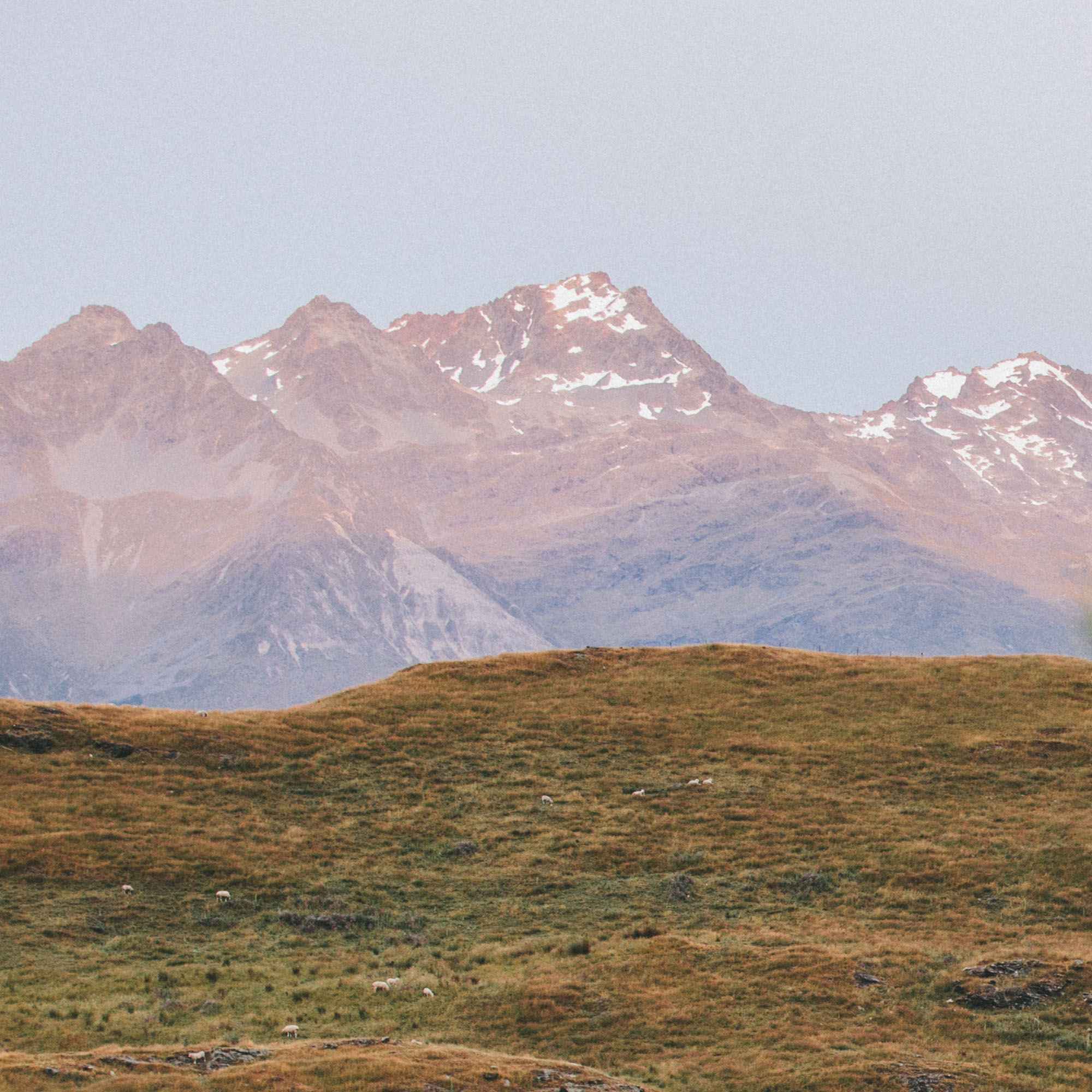SEALAB
Anand Sonecha
Established in 2015, SEALAB is an architecture practice, based in Ahmedabad, led by Anand Sonecha. SEALAB takes on an approach towards projects that is slow, contemplative, participative and open-ended. He rigorously engages with the place and its people, to build comprehensive experiences for everyone who benefits from his projects. His community buildings like the School for the Blind are testaments of his sensible attention to needs often neglected by society in India and elsewhere.
In Anand Sonecha’s interview with Arc of Arc, he shares with us his design process fueled by uncovering the history and stories of a place, its people. How his team shares this passion and curiosity towards architecture and life. How he gradually grows a drawn to scale collection of buildings and spaces he visited to serve as references for his designs.
“Everything that we built, that house, it was the second in material. And in the time where we are struggling in the time of global crisis of climate, and we are thinking of how can we be frugal and resourceful...That made me think about the kind of construction that we should look into the future.”
How did you initially start your practice, and what was the economic context like in Ahmedabad at the time?
So we started SeaLab in 2015. I was a volunteer at Manav Sadhna, an NGO in Sabarmati Ashram in Ahmedabad. They asked me to rehabilitate the dilapidated homes into volunteer homes in Gandhi Ashram. That's where the initial of our practice was is a part of the review.
They asked some reviewers to review the work that I was s submitting, and Professor Doshi was one of the reviewers. And when he saw the work and he approved it, that's when the project was approved. And we were able to build the first project. We still do get the project through word of mouth in Ahmedabad,
Now we are trying to build more outside of Ahmedabad, so people see our work, they approach us based on that. And most of my work has been initial work has been with this NGO called Mano Sadhana. They are working on various places and different dimensions in terms of health, housing, and education. So with them, I was able to work on various kinds of projects initially, and now we are doing more different kinds of work because people have seen our works through social media or through publications and/or in person.
Can you describe your experience building during the COVID-19 pandemic, particularly the installation project at Seoul Biennale?
During the covid time we were also doing an installation in in South Korea was our first experience to build something abroad.
And I was supposed to go and build it in South Korea. But I because of the covid restriction, I was not able to travel, but it was a great learning experience for us. also, because we were able to build it after one year of a work process successfully through, through the help of our friend in South Korea.
So it also opened a new avenue and how we can collaborate with different friends and people in different places, relying on the information that you're getting from the other side, the other partners, the person who was going to build or train those who were going to execute them in South Korea. So I think that communication was something which we had to be very good at. And also the trust.
Jai Jagat Theatre - Image by Aanand Shukla
Could you elaborate on the challenges and decisions involved in building a project with salvaged materials, as you mentioned with the house?
Initially there was a big gap about how would we build the house. Because the person who is going to build he does not work with architects.
He doesn't like to listen to how to make the house. It's something that he's the decision maker. Every decision that I every drawing that I showed or everything that I shared with him, he he contradicted. But I was listening to Impatient. I was trying to understand what he was saying. But then he said, Why are we making house out of new bricks?
There are so many bricks which are there from the dilapidated houses next door, from the construction. We can get those picks at a way cheaper price. They're good quality bricks because they lasted for long. We can build that. The doors, the windows, everything. He said this that we should salvage from the demolished places and different places. And these places will sell those second hand doors and windows, even the roof, the structural material, the plumbing, fixture
Everything that we built, that house, it was the second in material I said, Fine, let's do that. And in the time where we are struggling in the time of global crisis of climate, and we are thinking of how can we be frugal and resourceful. And so when we built the house, it was not as per my expectation and it wasn't an expectation, but it did make sense-- sense.
I was able to build in that small budget and with the resource that is already a waste. So I think that was that That made me think about the kind of construction that we should look into the future.
“I try to work with the intuition. I also work with the process of doubt. each step of the design process is clarifying the doubt. If there is a struggle in that, I try to restart because then I know that something is not right.”
Can you describe your approach to the design process?
I think the whole process of design is slow, contemplative and open-ended try to get this kind of encounters that I was sharing that enriches the project.
And I think still we are, as I said, that we are still exploring different ways of working. So we do not have like a very strict concrete process through which we take the project. But there are some things that that are consistent. Like, for example, I tried to go to the site very often. I try to examine the place very carefully.
I like to uncover the stories and history of the place, try to talk to people, to understand the history of that place. Because that place where Mahatma Gandhi lived, I was interested in how he came there, which was the initial structure of the ashram, how the overall community living evolved. I want to know so much that I should be able to forget that it becomes a part of the unconscious mind.
I try to work with the intuition. I also work with the process of doubt. each step of the design process is clarifying the doubt. If there is a struggle in that, I try to restart because then I know that something is not right.
What are the tools and techniques you use to communicate your design ideas, particularly when working with different stakeholders such as clients, contractors, or visually impaired individuals?
We use different tools to clarify and those processes like to use drawings to use models, models for clarifying your parts, but also to clarify and communicate your ideas to others.
So in the housing project, we made different kinds of models with all the furniture invented so that the stakeholders, the people who are going to live, could understand how things can be organized. The contractor in the housing project didn't know how to read the drawings, the architectural drawings of working too. So we made models with dimensions on top of them.
So, he used that model to build the house, that kind of process, like in the School for the Blind project. Also, we did different kinds of techniques of communication, with tactile drawings and others.
How did you adapt your communication methods when working on projects such as the School for the Blind, where traditional visual representations might not be effective?
So when we were doing the School for the blind, we started with cardboard models. I tried to show share the design to to the students.
The teachers and the trustees of the schools through cardboard models like is the general process that you do with other of the clients. In the process, I understood that it was not a useful tool because [it is] difficult for students and teachers to understand entire spaces and also cardboard models are flimsy, so they were scared to touch, thinking that they will break it.
That's where we started looking at alternative techniques through which we can communicate our process because they were part of, important part of our process and we want them to go through each step of design. That's where I saw 3D printer. I got the 3D printer and then we started testing out different samples, the tactile code of textures that we tried to establish.
And with those code of textures, we overlap onto the plan and try to work with students if they understand or not, the students were able to differentiate the interior spaces to the exterior spaces, from one side of the corridor to other side of the corridor, the entrance of the classroom or things, small things like that that might help them to visualize the space in their own way.
So that’s where we, we started looking at more detailed tactile models in which we embedded the furniture human. So when they touch they, they could get the sense that this is how the classroom shape is. The height is, or, or the furniture is organized in this pattern. So this helped also for, for students and teachers to participate in the process.
There are many different other things that we had to do too, for communication with not only this part, but you also made one to one line out, drawing on the site where we are going to build. And then we walked with the students so they get the real understanding of scale. So they remember how many steps they have to go right or left, or they create their own mind map.
How do you collaborate with your partner?
Me and my partner Marina Paisana. So we initially thought that we would be good to start working together because our interest a very different she is an urban designer, and I'm an architect and she also had initiated her practice in Portugal before Sea Lab and it took off better. That's where we decided that okay I will try to direct Sea Lab on my own and she will direct the practice
She founded with our friends in Portugal, and it just is more on an urban scale and urban design. She's working a lot in public projects in Portugal. We are trying to find our grounds in different places. but we do collaborate on specific projects, like we collaborated on the Seoul Biennale. And we are currently working on another project where she’s doing the urban scale, the master plan. I’m talking with her on the architecture part. On some projects we collaborate, and on some projects I try to do it on my own, and she is also very busy with her practice.
How do you currently structure your team at Sealab, and do you have any plans for expansion in the near future?
So we have six, including me, so that three architects and three interns. So this is the scale of practice that I enjoy working with at this moment because I try to engage in each and every project very closely. We see ourself a maximum of ten in the next to two, three years, two years maybe. So generally we work on three or four projects at a time, and each architect works on one project along with me.
School for the Blind - Image Credits Dhrupad Shukla
“What I look into them is the passion and curiosity about things in general, not about architecture, things can be learned toward a period of time.”
Which personal qualities do you believe have been instrumental in your career success?
I would say rigor is one, honesty is the other, and hard work. I think these are the three qualities. I think, as a team, we share.
When choosing new team members for SEAlab, what do you look for?
I try to choose people who I have a previous experience, although it is dangerous because it can limit, the kind of people that comes to the office. But also it, it helps me to understand the person characteristically. But what I look into them is the passion and curiosity about things in general, not about architecture, things can be learned toward a period of time.
But this curiosity is important to the passion about life in general is important. That's the quality that I try to look at. I don't look at the portfolio very closely, but I try to talk to to the person in most of the time I understand because I do studios, I spend the time for six months, two years. I sometimes do undergrad thesis with them so I understand their qualities.
Community Housing at Vastral - Image by Bhagat Odedra
“I also started visiting the buildings and spaces that I liked, measure it wherever it was possible. And then I try to print them and keep them in front of me so that I remember. It slowly became a collection of those drawings printed on the same scale. ”
How do you approach the design of each project to shape the best experiences for its users?
Each project I would say would, although there are some commonalities, but they have in terms of expression, they are there their own individuality.
For example, in the amphitheater protect the children are the user. So I wanted the place to be very inspiring. The children would like to come and perform, try to create a very playful kind of a place where every time you go, that there is a discovery and the proportions, scale and proportions are important because we have to think of users as children.
So the opening sizes were I thought that they should be in the proportion of the children or the place where they escape from the theater, the hidden alley. Those things effected the outcome of architecture.
How do you balance functionality and rationality with the expression of architectural design in your projects?
It's as a tool, for instance, to try to incorporate our project to the same palette of colors [of] the context where the project is going to be built, sometimes to create contrast depending on the project. Sometimes this has to do with the logic of the place. For instance, here in Laguna where you can see the green color accents in different spaces is because just to be like a factory-weaving factory. So the machines that they used back then they were in this green color. So it's part of connecting with this history.
Could you share some of the architectural works, books, or individuals that have significantly influenced your perception and approach to architecture?
You know, the profound impact that I had when I saw Sevagram Ashram where Mahatma Gandhi lived after living here in Sabarmati Ashram, he moved Wardha, and he he made another community living, which I felt was the most essential architecture. It was made by local people. The materiality was natural. And what was essential he built and the landscape was also very simple in natural other projects for the community. Another great example of of architecture with one material, how you can create this wonderful expression and the pavilions and how we are connected with nature.
Yet you have this very monumental expression of architecture. Pantheon is a place where I was very amazed when I went there with the scale and light quality inside timelessness of that structure was really something that was provoking. In terms of works, I got really fascinated with Fernando Pessoa, the Portuguese poet, he says we should say things as they are. Agnes Martins is another person, I got inspired with her idea of beauty, try to get answers from within.
Sketch - Image by Anand Sonecha
Could you share some valuable lessons or mantras you've learned from mentors or individuals who have inspired you in your architectural journey?
Two people who have really getting back on. It was professor Doshi my teacher and Álvaro Siza from Portugal, professor Doshi one of the most important lessons that I learned was to work slowly and not to come to conclusions very fast.
it is difficult, but I try do in my practice that I try to work slowly and I try to do things and think through things and not to decide things quickly. professor Doshi encourage me to keep a diary, a measure tap, and a pen with me always and whatever I like. I should draw and probably dimensions and some things that I don't like that I should try and put it in the dimension.
And I think that was really helpful for me to, to understand the sizes, the scale and the proportion of things it can be building. It can be object, can be small furniture. Then I also started visiting the buildings that I liked, measure it wherever it was possible spaces that I liked. And then I try to print and then I try to keep it in front of me so that I remember. It slowly became a collection of those drawings. And those objects I thought that it would be important to print them on the same scale with the plan. So when I'm drawing, I’m always seeing in trying to understand the scale of it. So primarily it's for my mental exercise to understand the scale of spaces that I'm drawing in relation to spaces that I liked. from Mr. Siza.
I think one of the important lessons that I learned was of course the rigor part, that he's very rigorous in the work that he does, hard working. But how do you see things? When I was working in Portugal with Álvaro Siza and Carlos Castanheira in 2011 and during my last day of the office, he gave me the book, the sketches at dinner, and then he asked me that I should I should travel to Rome and visit some buildings that he told me and study proportions.
Siza also sees that in your mind you collect a lot of things and stories and memories and then when you are drawing they are integrated part of the process. I came back to India, worked for a few years, gather some money, and then I went to Rome and went to all the buildings that he suggested. I asked him that where should return with next, and then he laughed.
He told me a story that that he was traveling with his teacher on a train and he asked the teacher that: “how much one should see the teacher say that you should travel less, but you should see things well. Siza was not convinced and he was thinking and he said that maybe I should travel as much as I can, but I should see things well.

